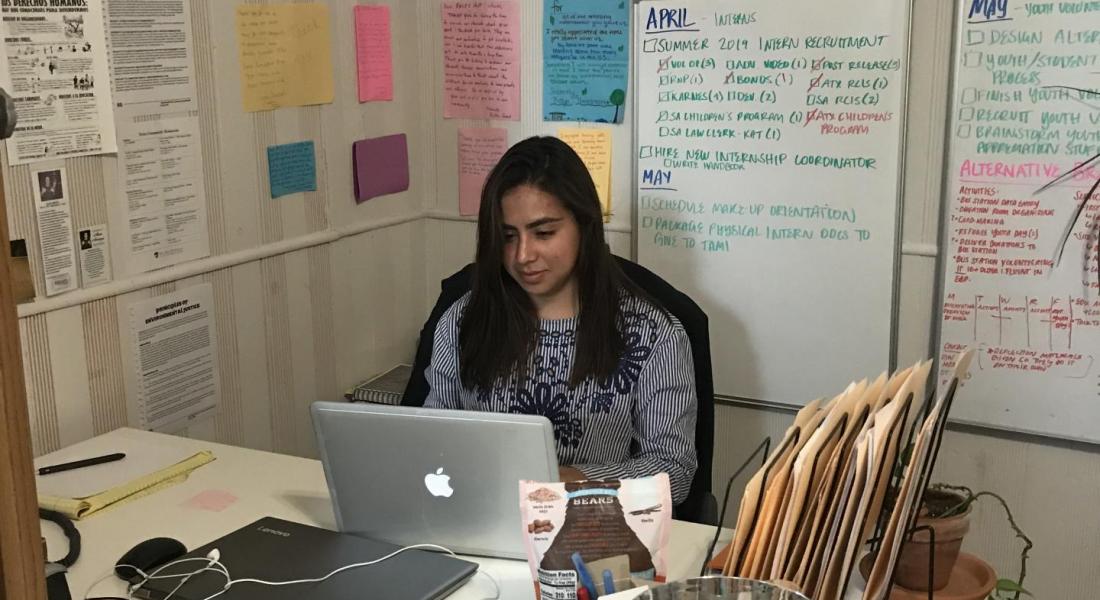
In September, the Ford Program and the Kellogg Institute’s Undergraduate Student Programs collaborated to mark the World Day of Migrants and Refugees. Rev. Daniel Groody, CSC, whose work focuses on migrants, celebrated mass, and a panel of students shared their research on migrants and refugees. Here, an economics and political science major reflects on her research on the US-Mexico border. With others, she is building a website to share her findings.
The skin that has always protected me suddenly felt unsafe, dangerous, like a liability. On the border, it did not take me long to realize that the soft brown of my own skin, the cast of my features, my race, ethnicity, and place of origin, influence how I am treated.
I want to share a more complex view of people arriving in the United States. They are not “illegals,” they are not “stealing jobs.” They are just who they say they are—asylum seekers. I aim to humanize the dialogue, moving from the general problem to a personal perspective. The stories are so full of heartbreak and intrigue. I focus on the women, the mothers, the daughters, the strong, and the brave. What is happening right now on the border is not a pursuit of the American dream, but a fight to survive.
I spent 10 weeks inside a detention center helping asylum seakers prepare for “credible fear interviews” that establish a basis for staying in the US. I had over 120 clients. Following the Notre Dame mission with “willingness to enter into the conversation” and “service to justice,” I plan to share the stories of 55.
When I started, the average wait time for the women detained inside to get an interview was 10 days. By the time I left, it had increased to 60. The number of women rose from 600 to 1,300—not because more were trying to cross the border, but because fewer were being released after ICE delegated their cases to immigration courts.
The people in front of us are human beings: when you look into their eyes you see that they could just as easily be any one of us.





